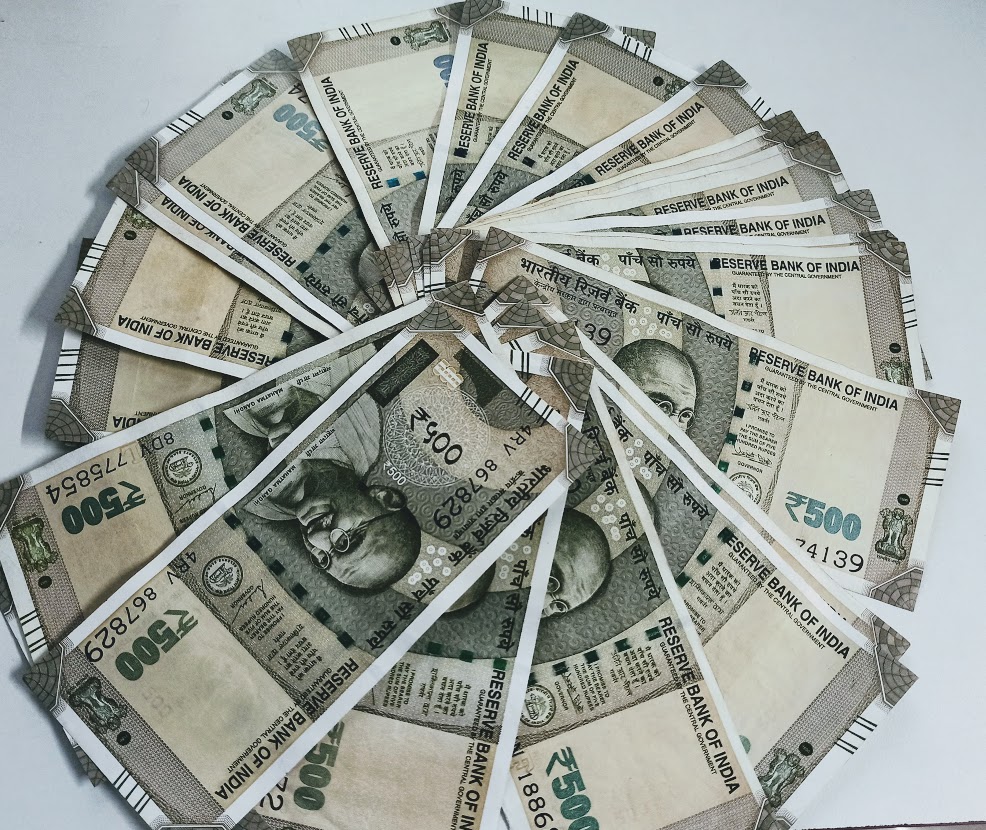NEWS
Why Indian rupee is sinking to new lows
Rupee depreciates 15 paise to close at record low of 82.32 against US dollar; several factors are keeping the Indian currency vulnerable.
Rupee depreciates 15 paise to close at record low of 82.32 against US dollar; several factors are keeping the Indian currency vulnerable.

The Indian rupee depreciated 15 paise to close Friday at a record low of 82.32 against the US dollar as oil prices climbed and the dollar index firmed up.
Several other factors are leading to the fall of the rupee, leading analysts to fear that the Indian currency could slip to below the 83-mark against the greenback.
The dollar index, which tracks the greenback strength against a basket of six currencies, marginally moved up to be at 112.032 following a rally from a two-week low.
Global oil benchmark Brent crude futures climbed 0.82% to $95.19 per barrel. The upward movement followed oil cartel OPEC’s (Organisation of Petroleum Exporting Countries) decision to cut production in view of weakening global demand.
The rupee has been plunging to new lows in the wake of rising crude oil prices, indications of more rate hikes by the US Federal Reserve and widening trade deficit. Foreign capital outflow is also keeping the rupee vulnerable.
On Tuesday, JP Morgan said Indian bonds would continue to be kept on the watchlist of a widely tracked emerging market index, implying that the inclusion would be considered only next year. This was estimated to bring in dollar inflows of around $30 billion.
Crude oil prices have seen a surge after OPEC decided to cut output by 2 million barrels per day. India is the world’s third largest oil importer. About 85% of India’s petroleum requirement is imported.
India's trade deficit has widened to $149.47 billion in the first six months of the current fiscal. While merchandise imports have risen, exports have slowed. The trade deficit has put downward pressure on the rupee.
Though performing better than other emerging market counterparts, the Indian currency has depreciated close to 9% against the US dollar in the current fiscal.
A weak rupee will put pressure on inflation as it pushes up cost of imported components and products, including that of edibile oils during the ongoing festive season.
India's vegetable oil import bill stood at $11.05 billion in the first half of the fiscal, up from $8.86 billion a year ago.
RBI Governor Shaktikanta Das recently said that 67% of the decline in the foreign exchange reserves since April was due to valuation changes arising from strengthening US dollar and higher American bond yields.
The forex reserves, which stood at $606.475 billion as on April 2, have declined to $532.66 billion as on September 30.
Analysts expect the rupee to further weaken if oil prices rise. They fear that the Indian currency could skid to below the 83-mark.
The movement of the Indian currency will be under the Reserve Bank’s close watch as a falling rupee will have a cascading impact on inflation, trade deficit, forex reserves and the economy in general.
